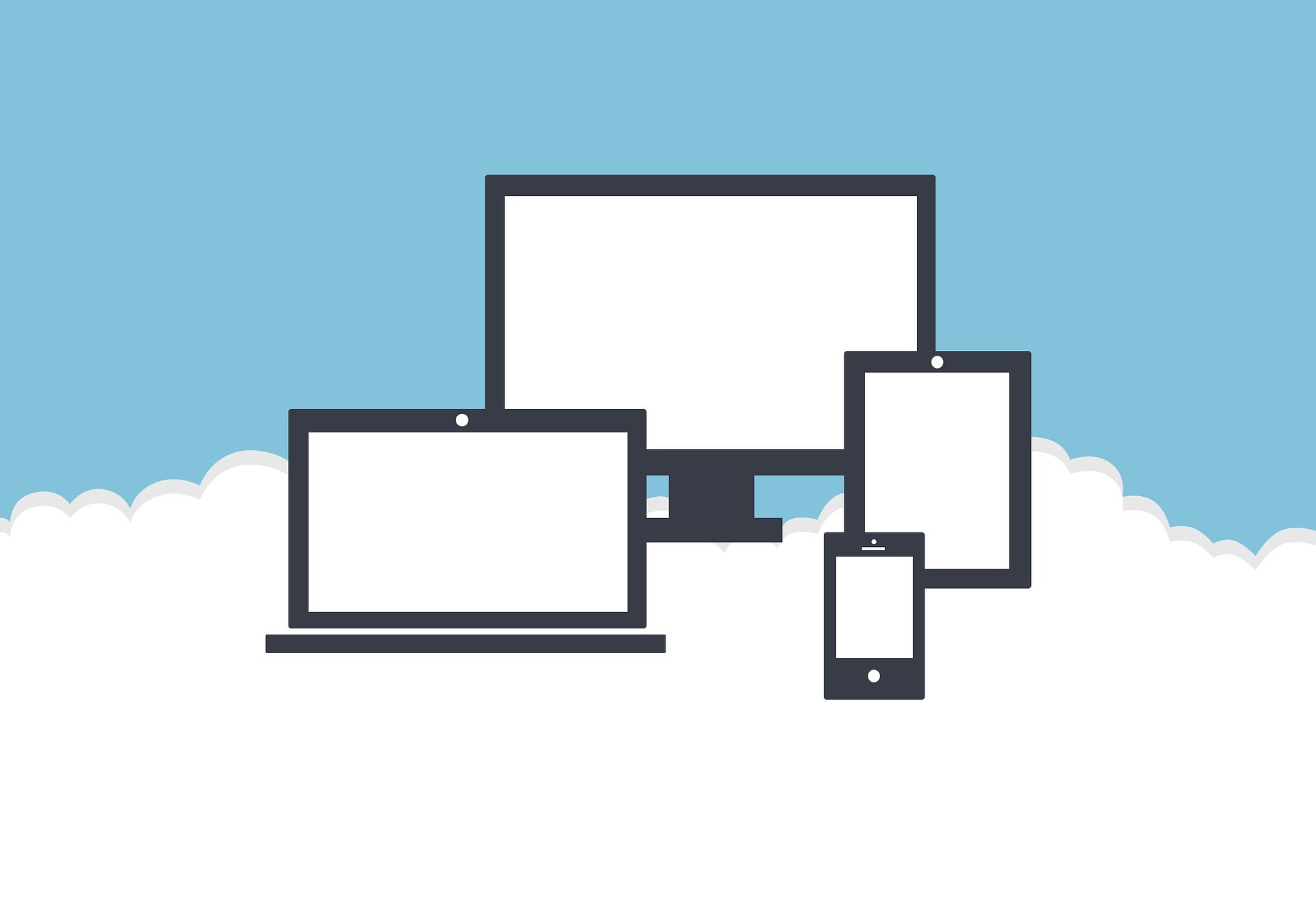The study “Future Business World 2025 – how Digitalisation changes our Business World“, conducted by consultancy firm IDC, concludes, that by 2025, most IT workplaces will be provided via the cloud. But so far, a majority of companies remain cautious due to concerns relating to data protection and security. 27 percent of the interviewees indicated that they were looking into the discussion of so-called subscription-based billing models of workplace solutions. Lease models, such as Workplace-as-a-Service, enjoy an increase in popularity in the business community.
What is a Workplace-as-a-Service?
Workplace-as-a-Service (WaaS) is an advancement of the Software-as-a-Service (SaaS) concept. With WaaS, devices are no longer purchased, but simply leased. Notebooks, smartphones, tablets, monitors – the concept dispenses with the purchase of expensive hardware to equip workspaces. However, the provision of software solutions for companies is not included in this lease model.
Therefore, in parallel to the WaaS concept, businesses such as oneclick have established themselves, providing IT workplaces via the cloud, which are fully equipped with software. In addition, the most modern equipment becomes redundant as the largest proportion of the computing power and all applications are retrievable via the cloud at any time. This creates a high level of flexibility, data security, reliability and maximum transparency with regards to overall costs for users and businesses.
As with Software-as-a-Service, invoicing using the Workplace-as-a-Service model is done with the help of flexible payment models, which means that the used service is generally invoiced once a month per user.
What Advantages & Disadvantages does the WaaS Concept offer?
The concept of Workplace-as-a-Service is a lease model and hence when used, it does not require the high acquisition costs of a purchased solution. Dependent on the contract, the lease package can also include updates, maintenance and service of devices. This saves a business valuable time and guarantees that all leased system components are constantly up-to-date. It is also possible to scale lease models and therefore tailor them flexibly to the changing requirements of a growing business. These benefits of WaaS make them interesting for businesses of all sizes – not only for start-ups and SMEs.
However, it should also be noted, that the lease model results in a relationship of dependency with the provider. In the case of a provider’s insolvency, devices may no longer be made available to the business.
Workplace-as-a-Service combined with SaaS or On-Premises
Maximum security, comfort and flexibility is only achieved by combining the IT lease models WaaS and SaaS. In contrast to on-premises solutions, with SaaS, software is not installed directly on the hardware, but access to data and applications is enabled via the cloud.
On-Premises is regarded as a conventional licensing model, which generally means a one-off capital investment for the company. Data is mainly stored on the company’s server and made available to end users. Data is then either stored locally on the computers‘ hard drives or the company’s server. The threat of defective hardware components can lead to an immense data loss. Additionally, non-encrypted hard drives do not protect access from unauthorised third parties.
Therefore, SaaS provides the ideal solution for prudent business owners. In the case of SaaS, the storage of all data is in one central location, which can be accessed synchronously at any time and from any place – even when on the road. All of the lease applications used by the individual user are always up-to-date. This helps to avoid unnecessary friction loss during data processing.
The decision to go for a complete lease model of hardware and software leaves nothing to be desired regarding workplace design. IT administration effort is reduced to a minimum. Transparency and predictable costs allow financial resources to be deployed in a targeted and purposeful way within the business.
Who already uses the WaaS Model today?
Workplace-as-a-Service complements SaaS solutions, which are more well-known in the business environment, with the hardware component. Together, excessive investment costs are avoided, capital tie-up is reduced and long depreciation periods become a thing of the past.
Even though lease solutions offer many advantages, they are only reluctantly deployed in businesses in Germany, Austria and Switzerland.
Many businesses’ reluctance on the software side exists largely due to doubts about the implementation of cloud applications with regard to data protection and security. Over 80 percent even believe that these problems will become bigger in the course of the ongoing digitalisation. At closer inspection of the very high security standards provided already today by providers, such fears appear not well founded. On the hardware side, in the European market, there is simply a lack of acceptance towards a lease model the way it is envisaged with WaaS.
Ultimately, however, lease models enable businesses to stand their ground and survive competition, always equipped with the latest technology, up-to-date software and maximum security.
Image sources:
Image 1: © RachelScottYoga | pixabay.com
Image 2: © rawpixel | pixabay.com
Image 3: © LadyBB | pixabay.com
Image 4: © Juhasz Imre | pexels.com




